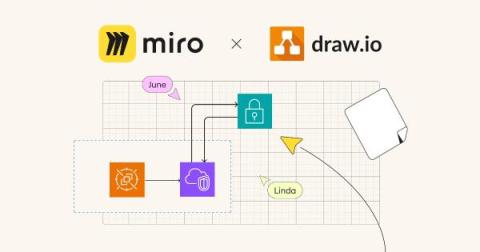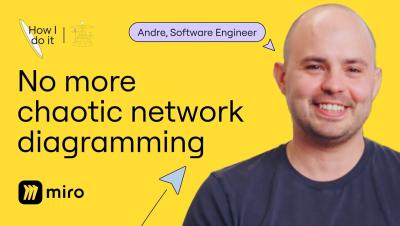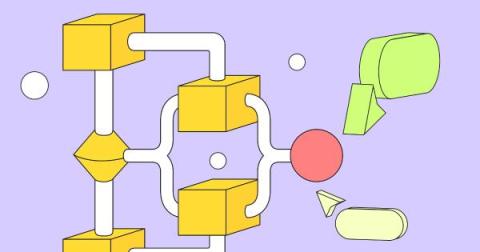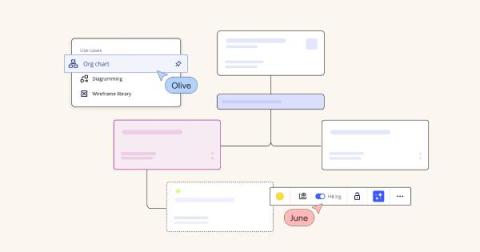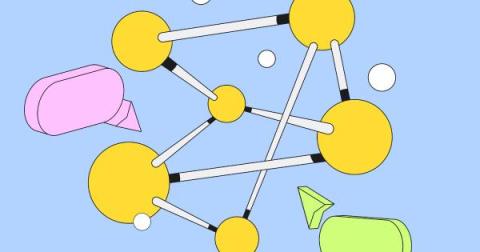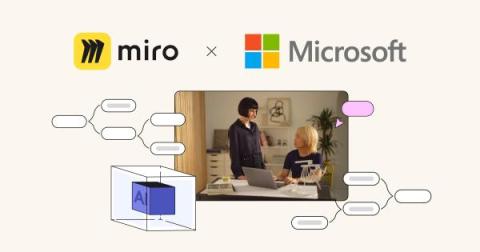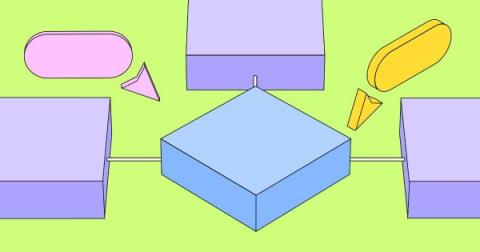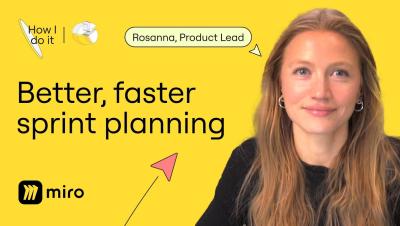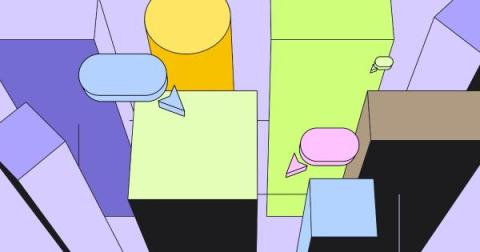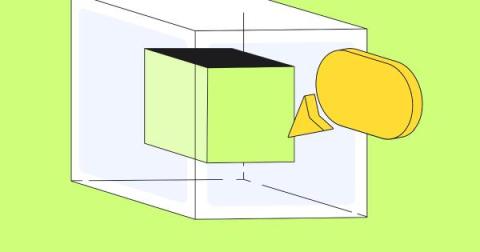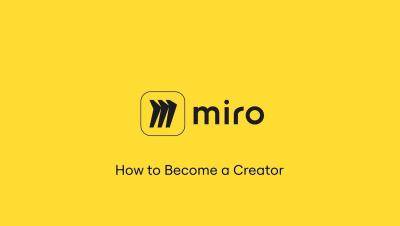Get started in the Miroverse: Here are our most popular templates
The options for what you can create in Miro are nearly limitless. Wondering where to get started? We’ve rounded up 10 of our best and most popular Miro templates along with related Miro board examples from our community templates gallery, Miroverse. Check out these templates and examples to see how our users treat templates as launch pads for their own creative, unique, and customized boards.



